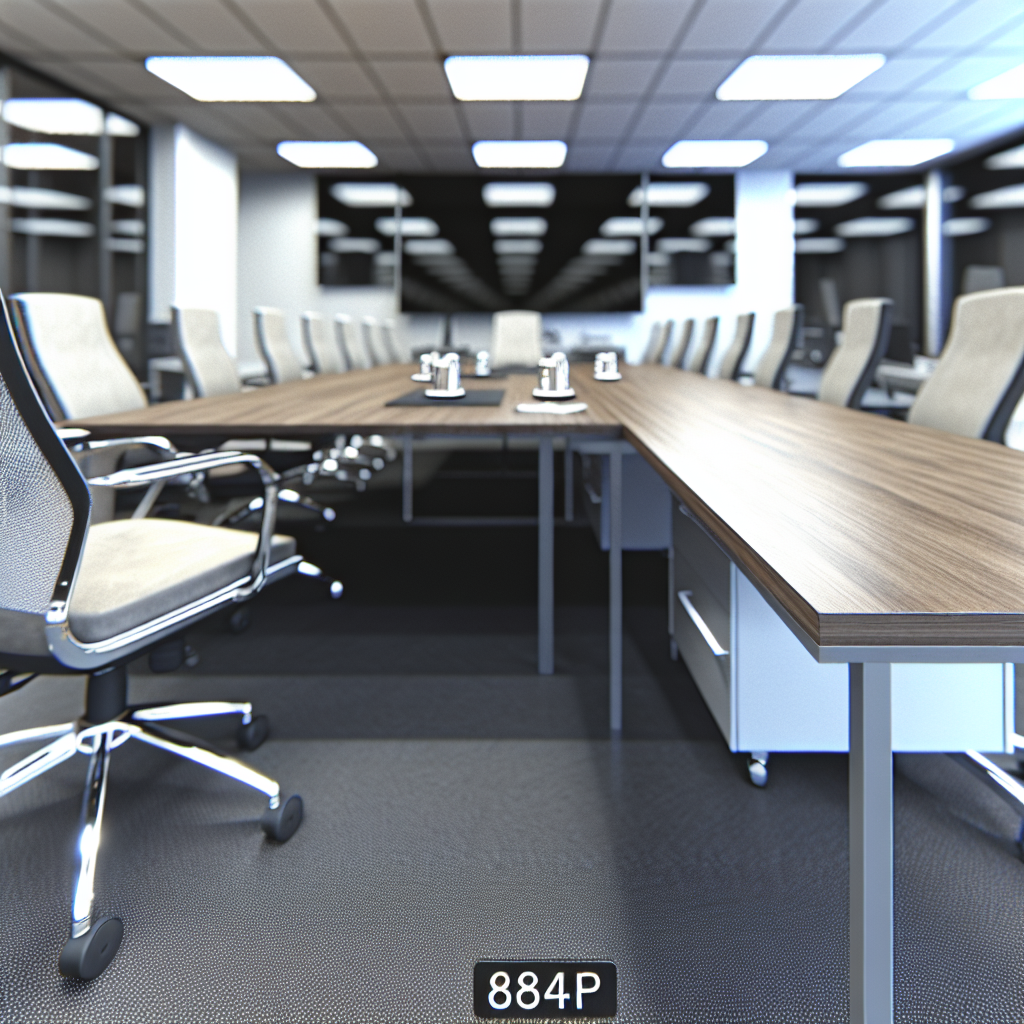-
- Customizing Image Outputs with Local Stable Diffusion Fine-Tuning
- Understanding Stable Diffusion
- Configuration Steps for Fine-Tuning
- Step 1: Set Up Your Environment
- Step 2: Download the Stable Diffusion Model
- Step 3: Prepare Your Dataset
- Step 4: Fine-Tune the Model
- Step 5: Generate Images
- Practical Examples
- Best Practices for Fine-Tuning
- Case Studies and Statistics
- Conclusion
Customizing Image Outputs with Local Stable Diffusion Fine-Tuning

In the rapidly evolving field of artificial intelligence, image generation has gained significant traction, particularly with the advent of models like Stable Diffusion. Fine-tuning these models locally allows users to customize image outputs to meet specific needs, whether for artistic purposes, marketing, or product design. This guide will walk you through the process of fine-tuning Stable Diffusion locally, providing actionable steps, practical examples, and best practices to enhance your image generation capabilities.
Understanding Stable Diffusion
Stable Diffusion is a latent text-to-image diffusion model that generates high-quality images from textual descriptions. Its flexibility and open-source nature make it a popular choice among developers and artists alike. Fine-tuning this model allows users to adapt it to specific styles or themes, improving the relevance and quality of the generated images.
Configuration Steps for Fine-Tuning
To customize image outputs with local Stable Diffusion fine-tuning, follow these detailed steps:
Step 1: Set Up Your Environment
- Ensure you have a compatible GPU (NVIDIA recommended) with sufficient VRAM (at least 8GB).
- Install Python (version 3.8 or higher) and necessary libraries:
pip install torch torchvision torchaudio --extra-index-url https://download.pytorch.org/whl/cu113
pip install transformers diffusers
Step 2: Download the Stable Diffusion Model
Obtain the pre-trained Stable Diffusion model from the official repository or Hugging Face. Use the following command:
git lfs clone https://huggingface.co/CompVis/stable-diffusion-v-1-4
Step 3: Prepare Your Dataset
Gather a dataset that reflects the style or content you want to fine-tune the model on. Ensure your dataset is well-organized and labeled. For example:
- Images should be in a common format (JPEG, PNG).
- Use a consistent naming convention for easy reference.
Step 4: Fine-Tune the Model
Utilize the following code snippet to initiate the fine-tuning process:
from diffusers import StableDiffusionPipeline
pipeline = StableDiffusionPipeline.from_pretrained("CompVis/stable-diffusion-v-1-4")
pipeline.train(your_dataset_path, num_epochs=5)
Adjust parameters such as num_epochs based on your dataset size and desired output quality.
Step 5: Generate Images
Once fine-tuning is complete, you can generate images using the following command:
prompt = "A futuristic cityscape"
image = pipeline(prompt).images[0]
image.save("output.png")
Practical Examples
Consider a graphic designer looking to create a series of promotional images for a sci-fi movie. By fine-tuning Stable Diffusion with a dataset of sci-fi artwork, the designer can generate unique images that align with the movie’s aesthetic, enhancing marketing efforts.
Best Practices for Fine-Tuning
- Start with a smaller dataset to test the fine-tuning process before scaling up.
- Regularly validate outputs during training to ensure quality.
- Experiment with different hyperparameters to find the optimal settings for your specific use case.
Case Studies and Statistics
A study by OpenAI found that fine-tuning models on specific datasets can improve output relevance by up to 30%. Additionally, companies that have implemented customized image generation have reported a 25% increase in engagement rates on visual content.
Conclusion
Customizing image outputs with local Stable Diffusion fine-tuning is a powerful technique that can significantly enhance the quality and relevance of generated images. By following the outlined steps, utilizing best practices, and learning from real-world examples, you can effectively tailor the model to meet your specific needs. As the field of AI continues to grow, mastering these techniques will position you at the forefront of image generation technology.